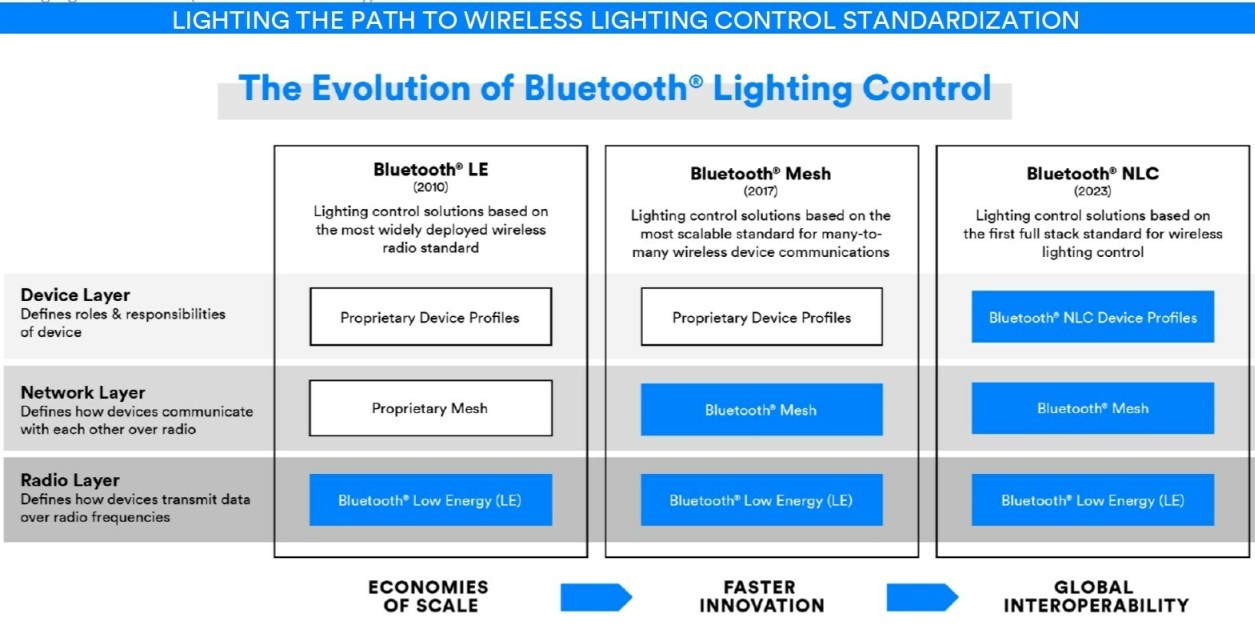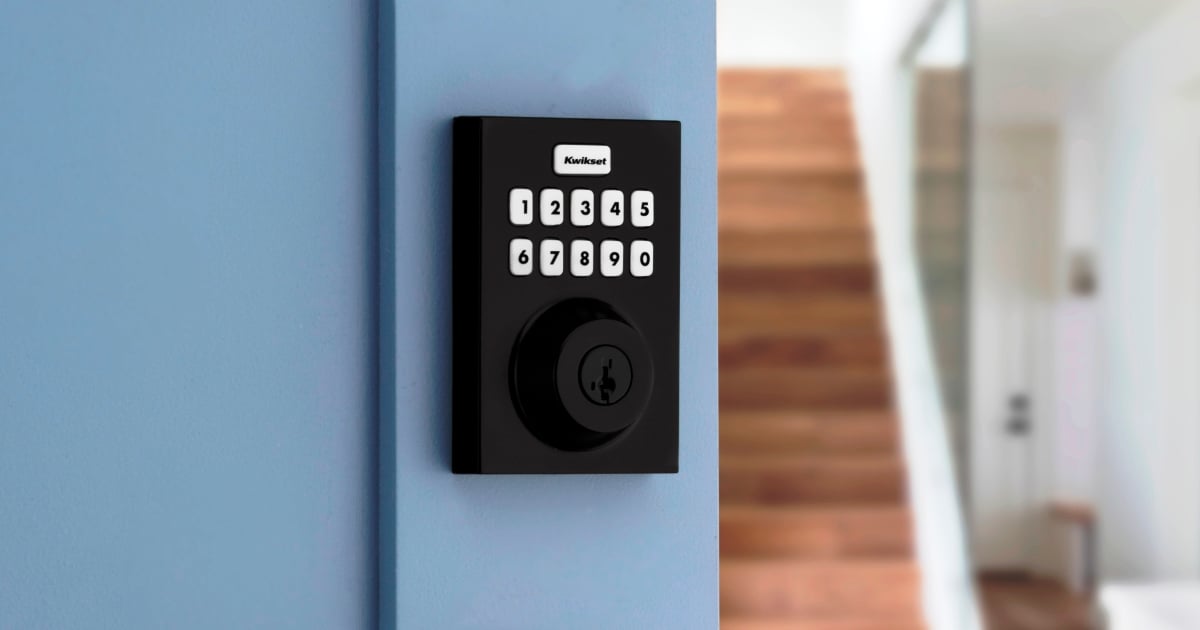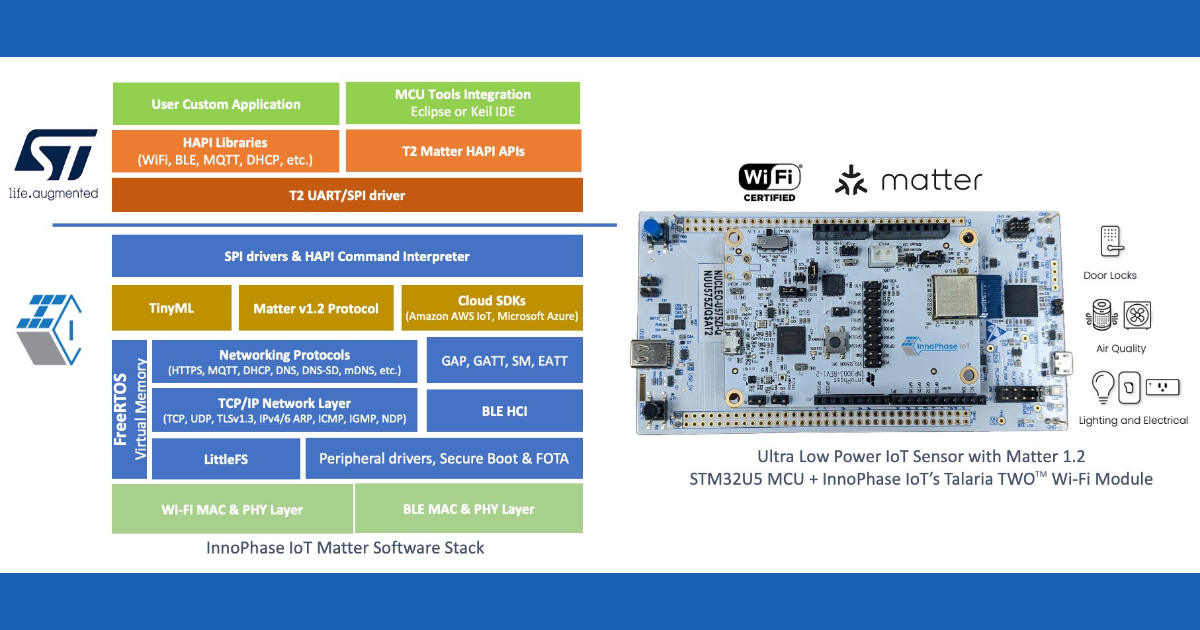
Three fun Bluetooth-related facts, to start us off:
First, the name and logo. I’ve been trying to determine if this is fun internet lore or if it’s actually true; to the best of my knowledge after researching, it’s true: The recognizable-as-ever Bluetooth name and brand is neither an acronym nor a name conjured up by a group of marketers hungry for a new idea. The name legitimately dates back (i.e. more than two millennia) to King Harald “Bluetooth” Gormsson, who is known for two main things. He united Denmark and Norway in the year 985, and his dead tooth, which had a blue-grey color to it, earned him the nickname “Bluetooth.” (The former fact also has a dual-meaning to it, i.e. he united countries as Bluetooth technology has unified the telco and computing industries.) I love it when history, language, and tech intertwine.
Second, the Bluetooth logo itself is made up of the Younger Futhark bind rune for the initials of King Harald Gormsson, a.k.a. H (?) and B (?).
And third, there’s an organization that exists today called the Bluetooth Special Interest Group, or the Bluetooth SIG. It’s a global community of around 38,000 companies that work to drive innovation through collective creation and shared technical standards via Bluetooth technology.
The Bluetooth SIG, notably a not-for-profit membership org, oversees projects related to Bluetooth developments for simple and secure device communications. It covers a breadth of international standards, product certifications, patent pools and more, and there are at least 50+ active Bluetooth SIG specification projects underway at any given time.
Now, the latest Bluetooth news: The Bluetooth SIG has announced the completion of Bluetooth Networked Lighting Control (NLC) for smart homes.
Our smartphones and vehicles utilize Bluetooth. Why not smart-enabled environments too?
(Editor’s note: That may be an oversimplification, but it works. I’ll explain.)
This is the first full-stack standard for wireless lighting control; offering standardization from the radio through the device layer means that Bluetooth NLC enables true, multi-vendor interoperability and mass adoption of these lighting control capabilities.
According to the announcement, it was at least a decade ago that the lighting industry began inching towards standardization of wireless control using Bluetooth tech; first by leveraging Bluetooth Low Energy (LE) at the radio layer, then via adoption of Bluetooth Mesh to standardize the communication layer.
Now, Bluetooth NLC Profile Specifications complete the full-stack standard.
Per Rafal Han, CEO of Silvair, an energy-efficient lighting control solutions provider:
"The impact of the Bluetooth Mesh standard on the wireless lighting control landscape has been truly transformative. Bluetooth NLC is the last missing link that is required to achieve global interoperability in wireless lighting control. We're excited about how it will benefit the market and shape the future of the lighting industry, allowing various components from different vendors to work seamlessly with each other.”
Learn more about Bluetooth NLC here.
Edited by
Greg Tavarez





